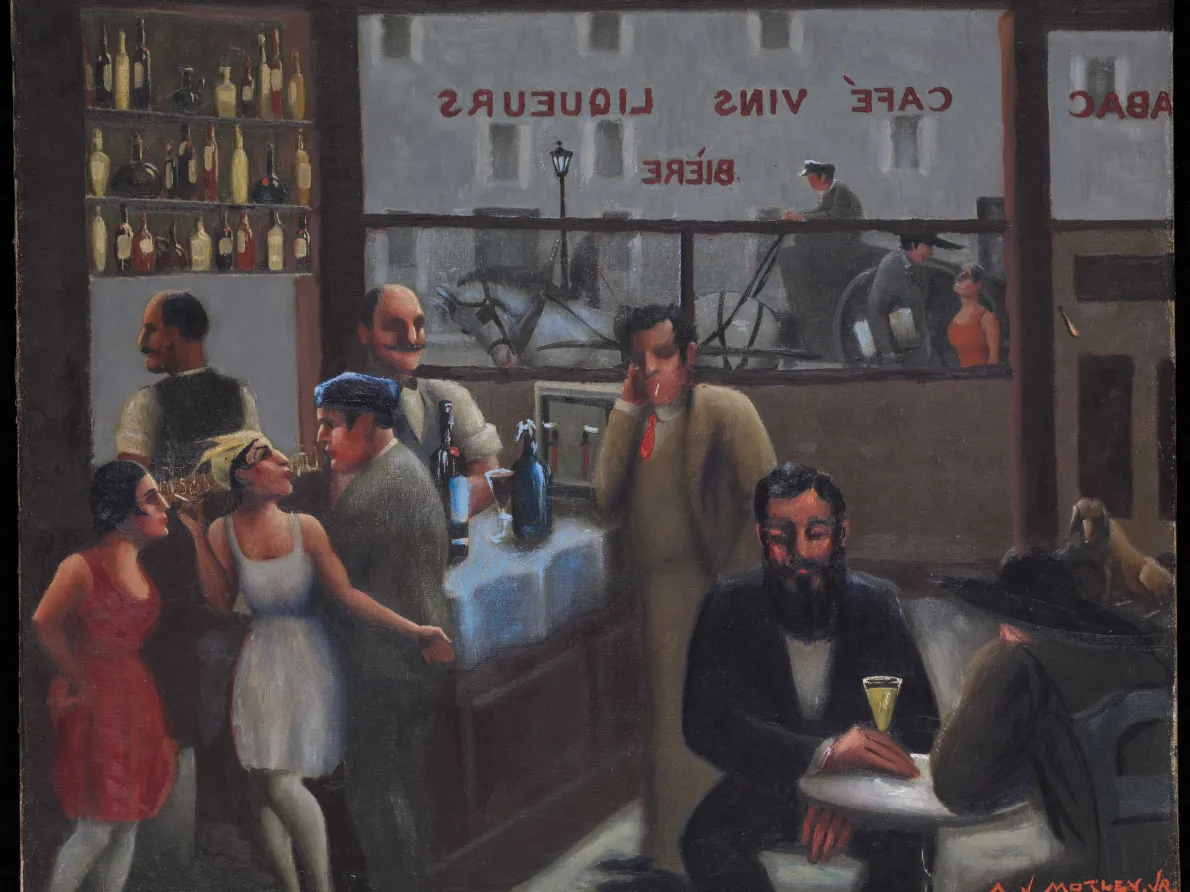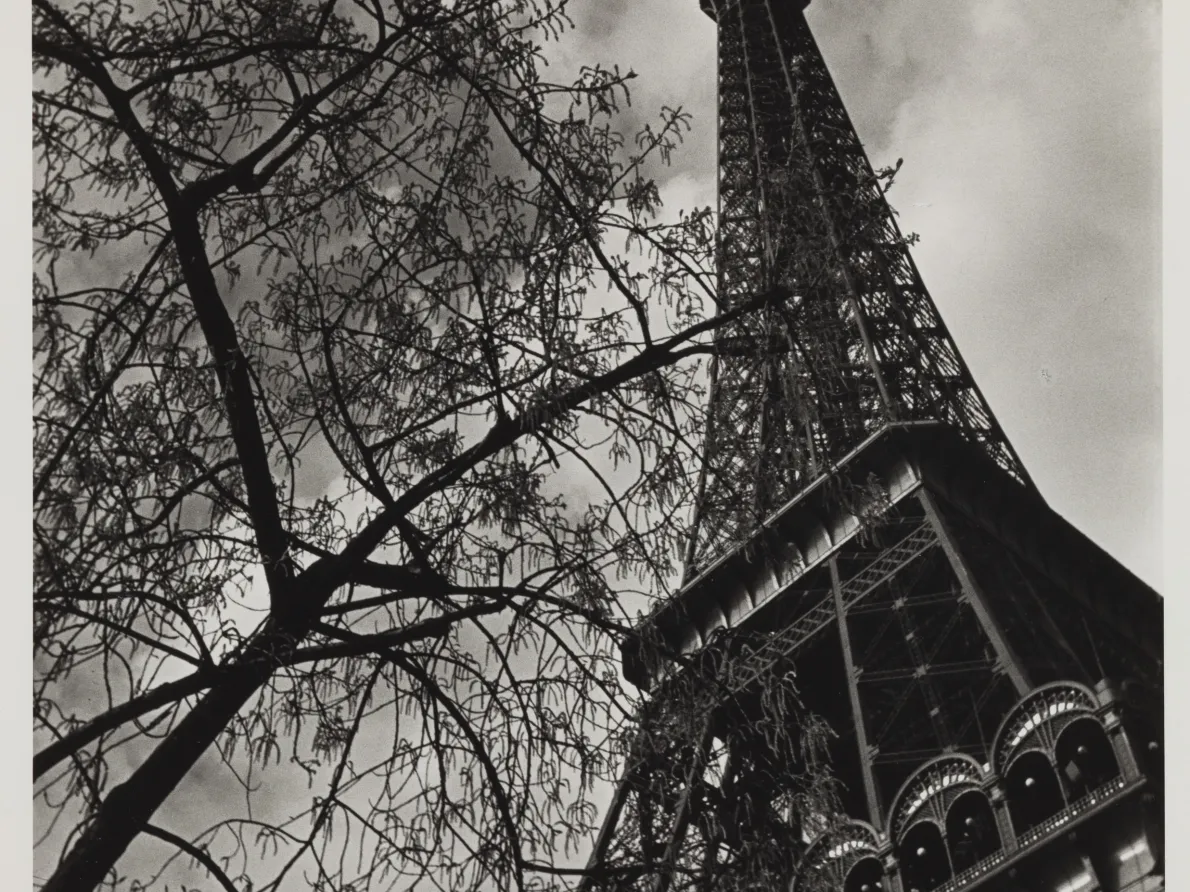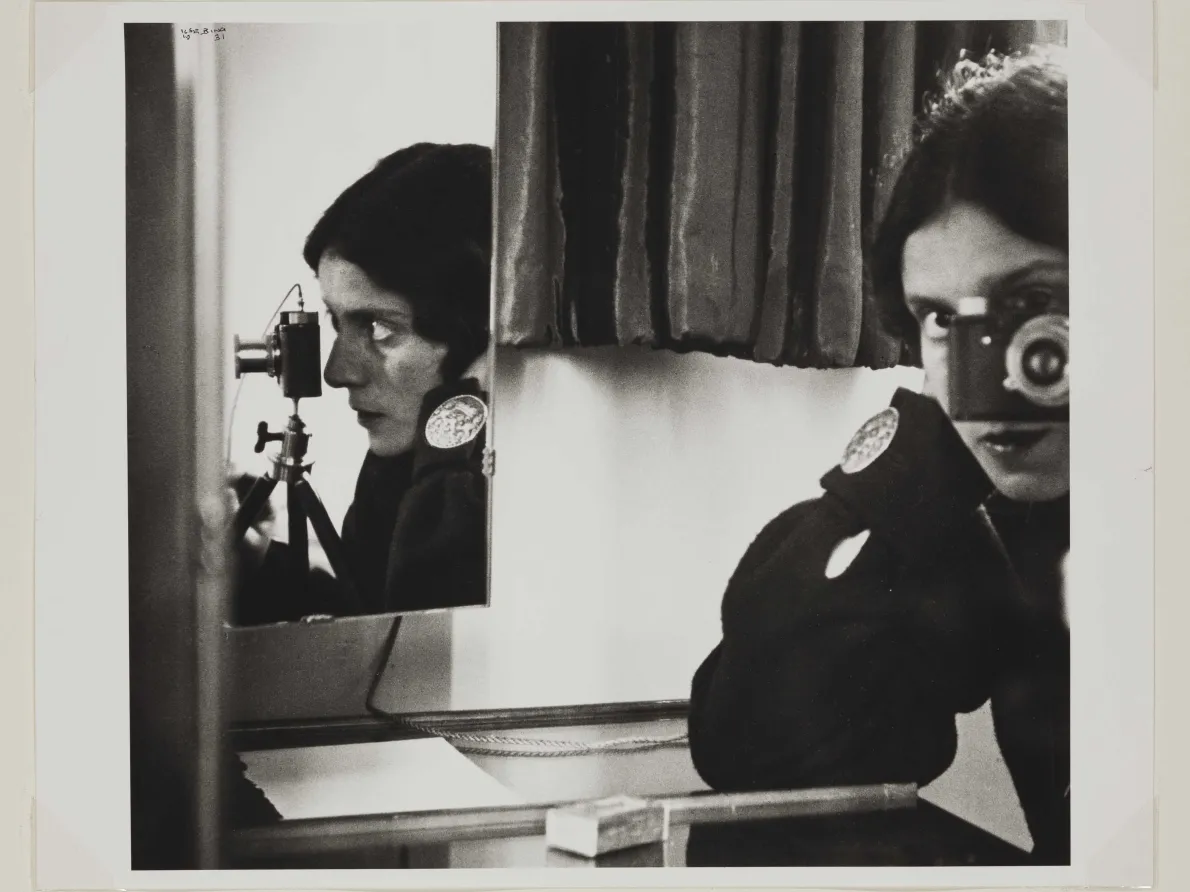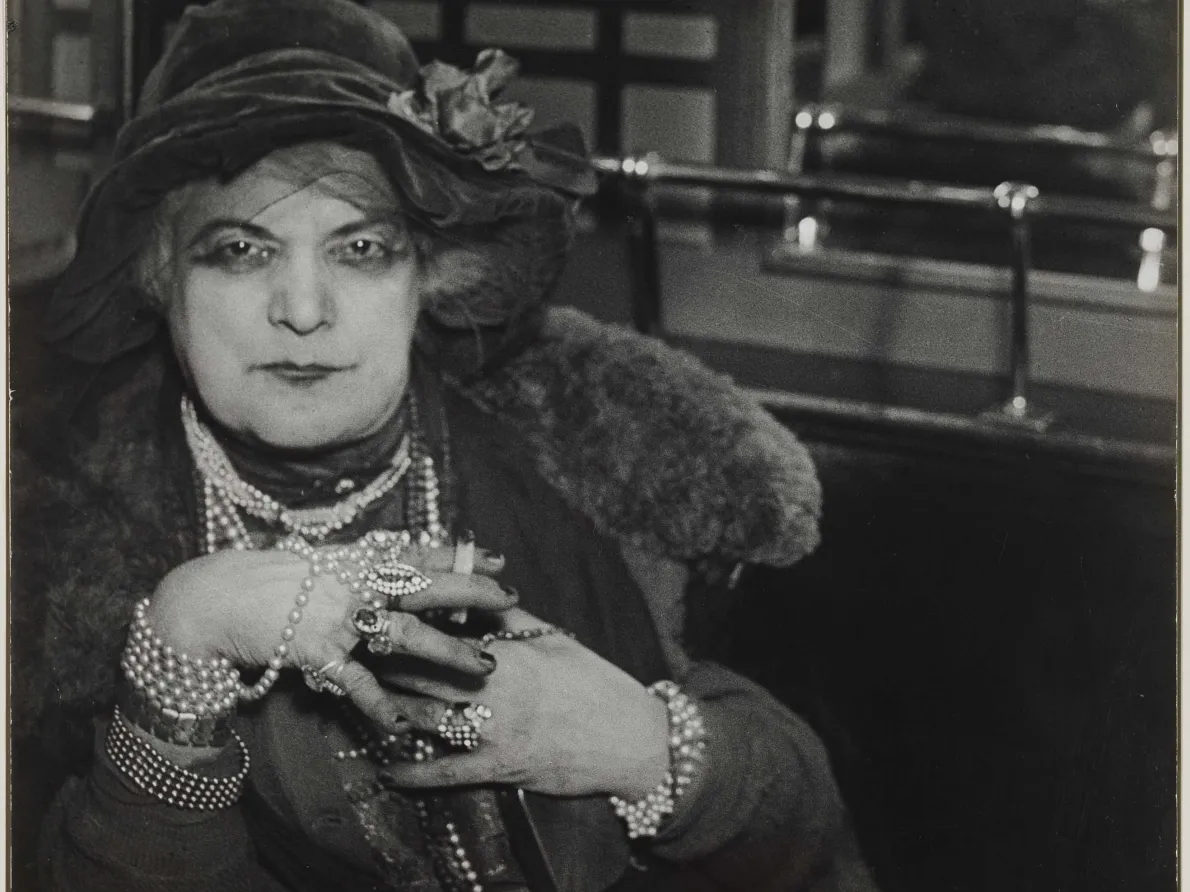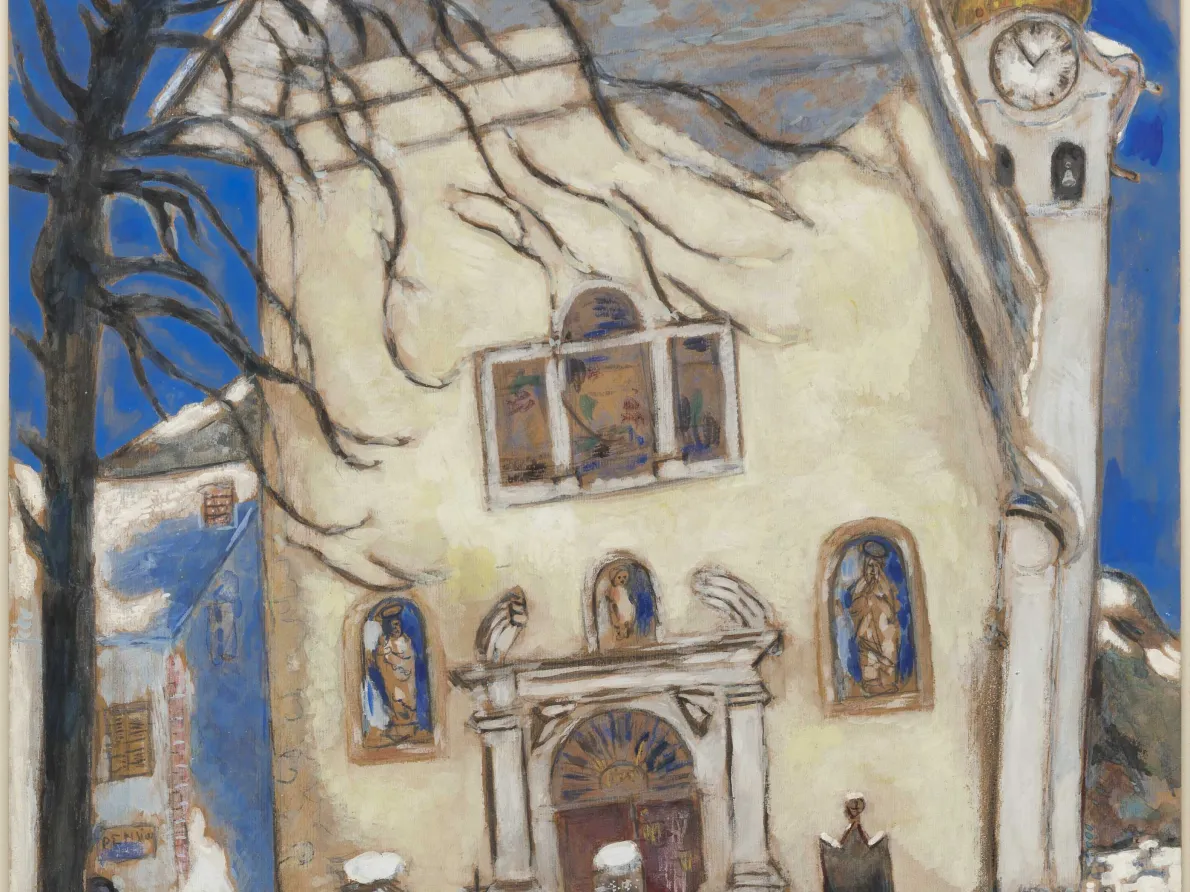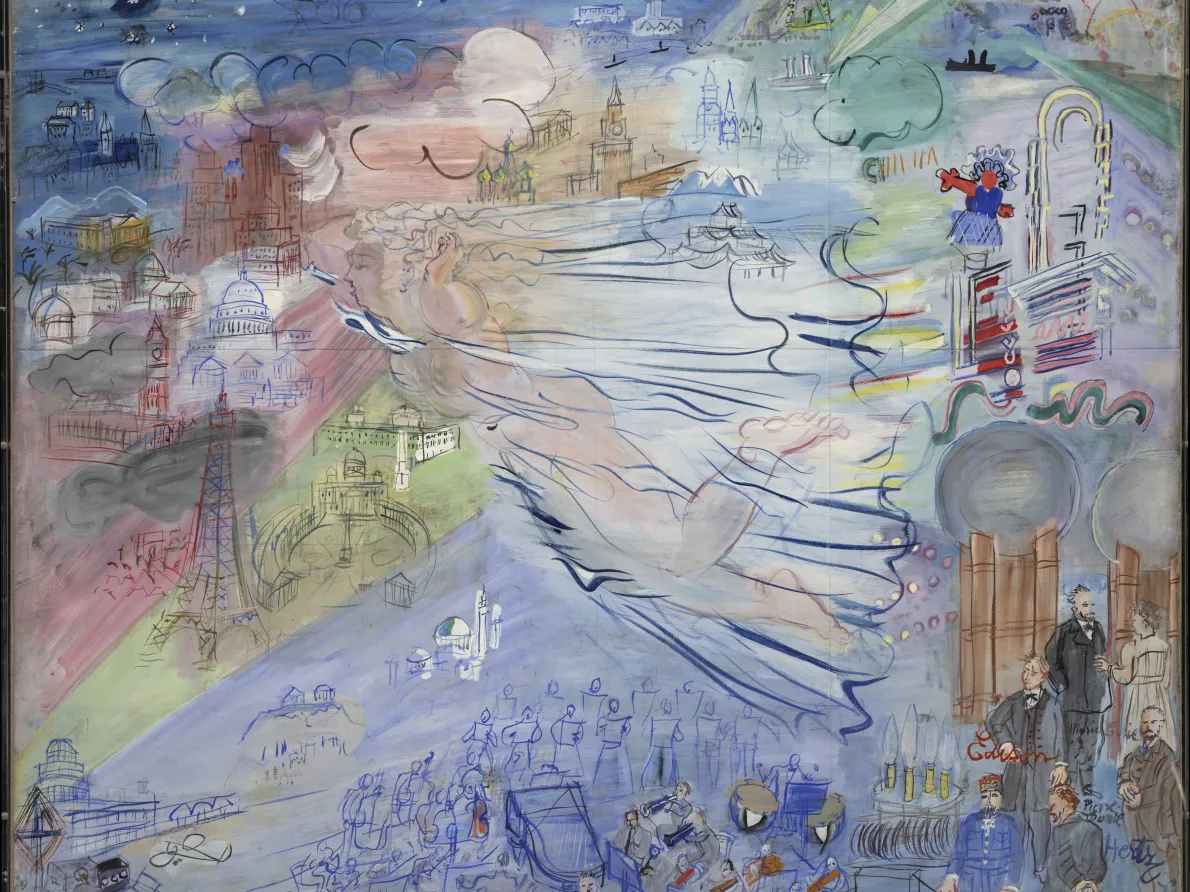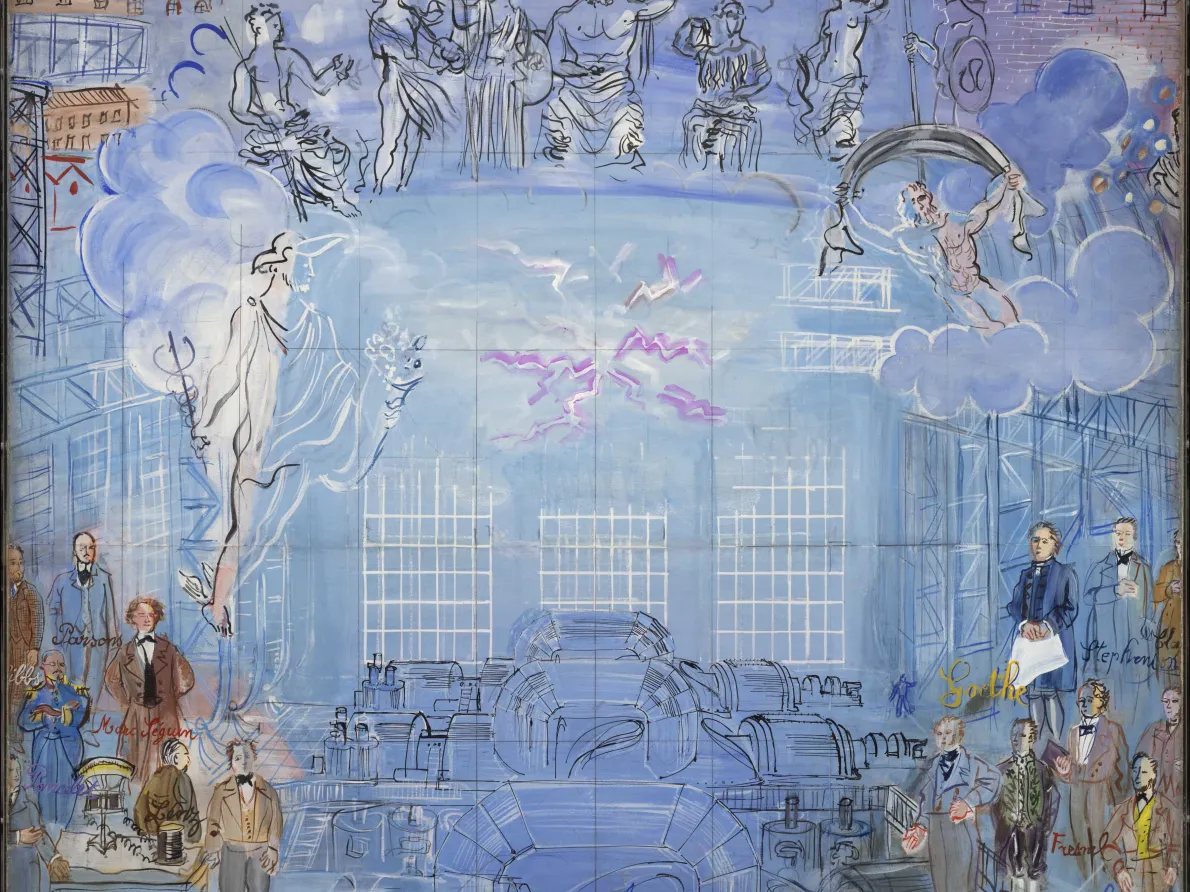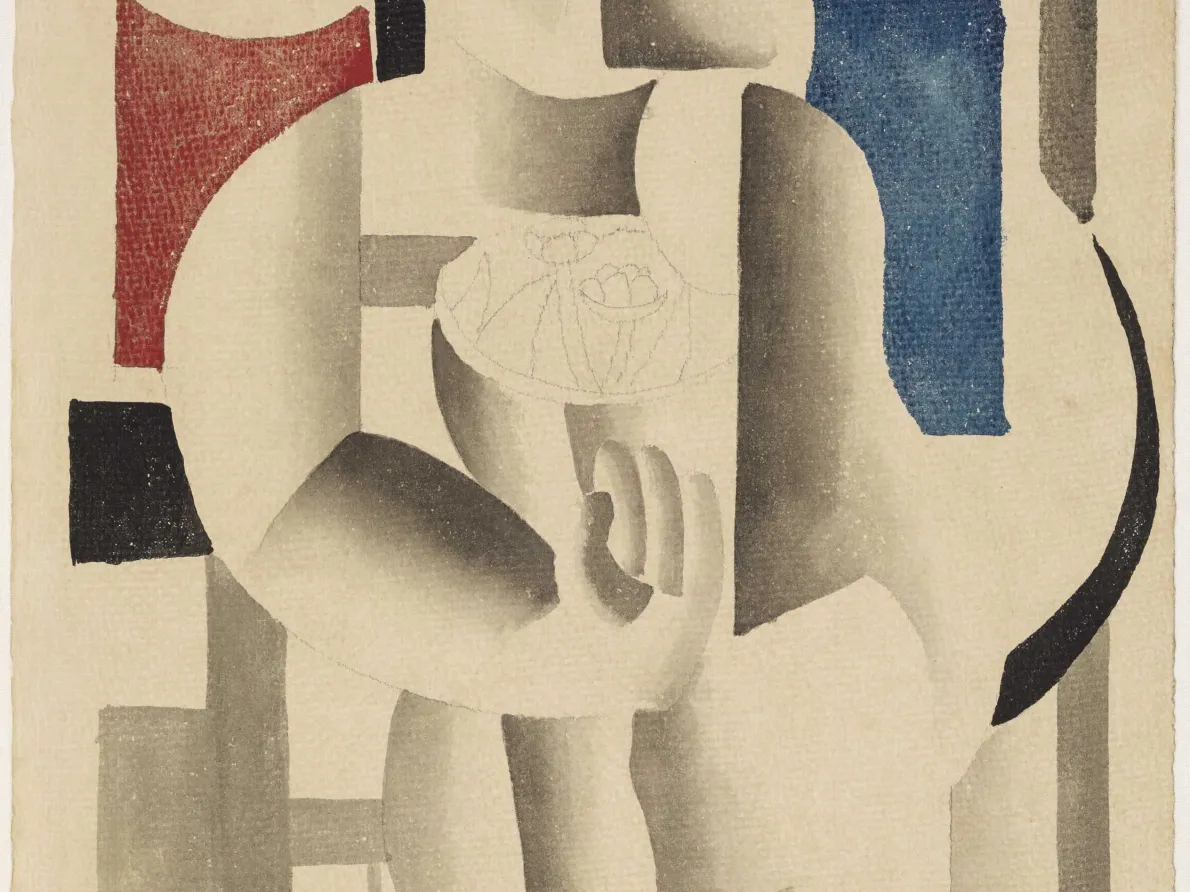After Cubism: Modern Art in Paris, 1918–1948
August 18, 2023 – January 7, 2024
Updated Aug 2, 2023
In November 1918, just days after the declaration of Armistice and the end of World War I, artists Amédée Ozenfant and Charles-Édouard Jeanneret (later known as Le Corbusier) published their manifesto, Aprés le cubisme (After Cubism).
This exhibition from the permanent collection will explore what happened “after cubism,” primarily in prints, drawings, and photographs created in France between the years 1918 and 1948. The artistic styles ranged from ever-evolving derivations of cubism, to a renewed classicism, to surrealism, and beyond.
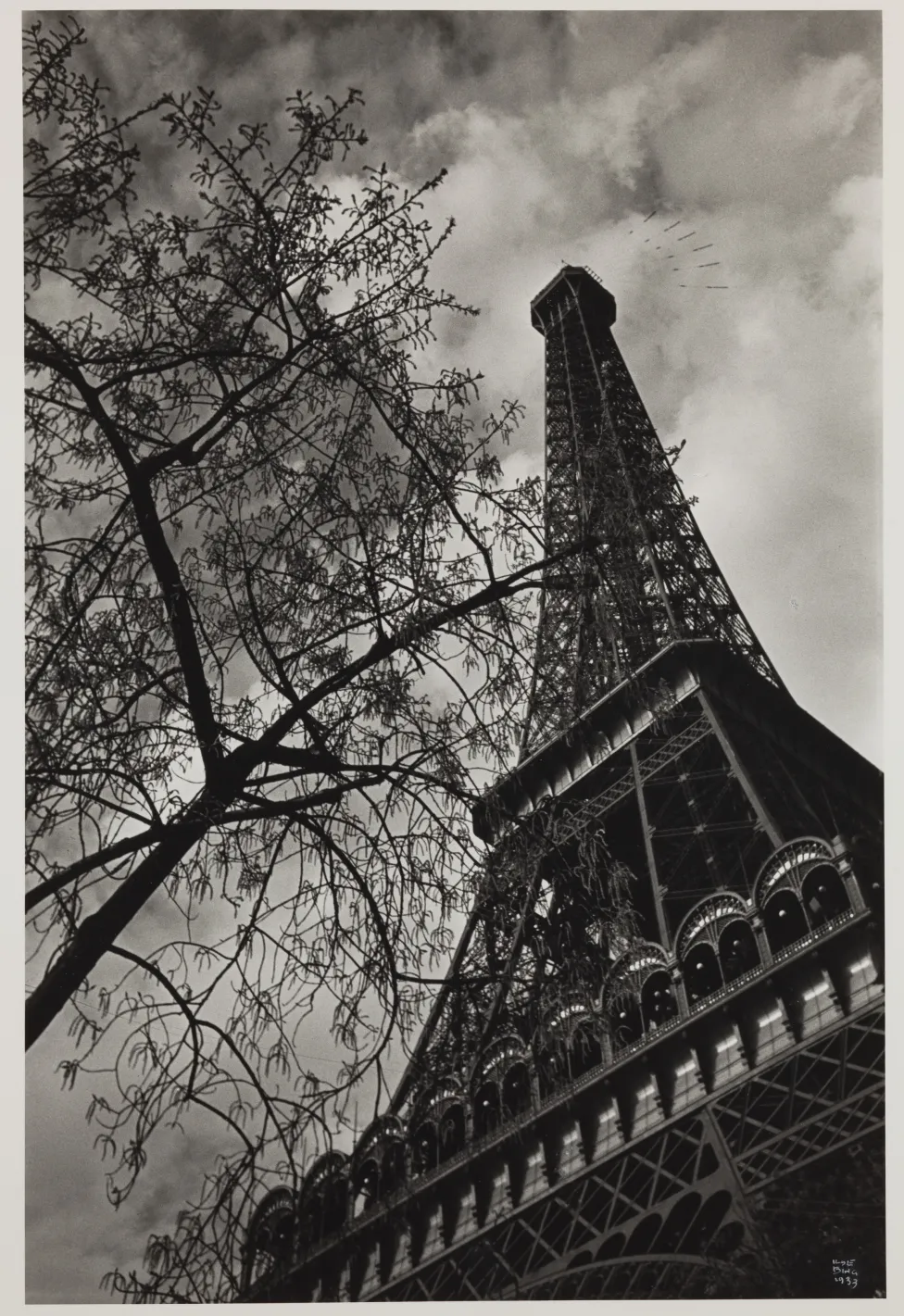
In November 1918, just days after the declaration of Armistice and the end of World War I, artists Amédée Ozenfant and Charles-Édouard Jeanneret (later known as Le Corbusier) published their manifesto, Aprés le cubisme (After Cubism).
This exhibition from the permanent collection will explore what happened “after cubism,” primarily in prints, drawings, and photographs created in France between the years 1918 and 1948. The artistic styles ranged from ever-evolving derivations of cubism, to a renewed classicism, to surrealism, and beyond.
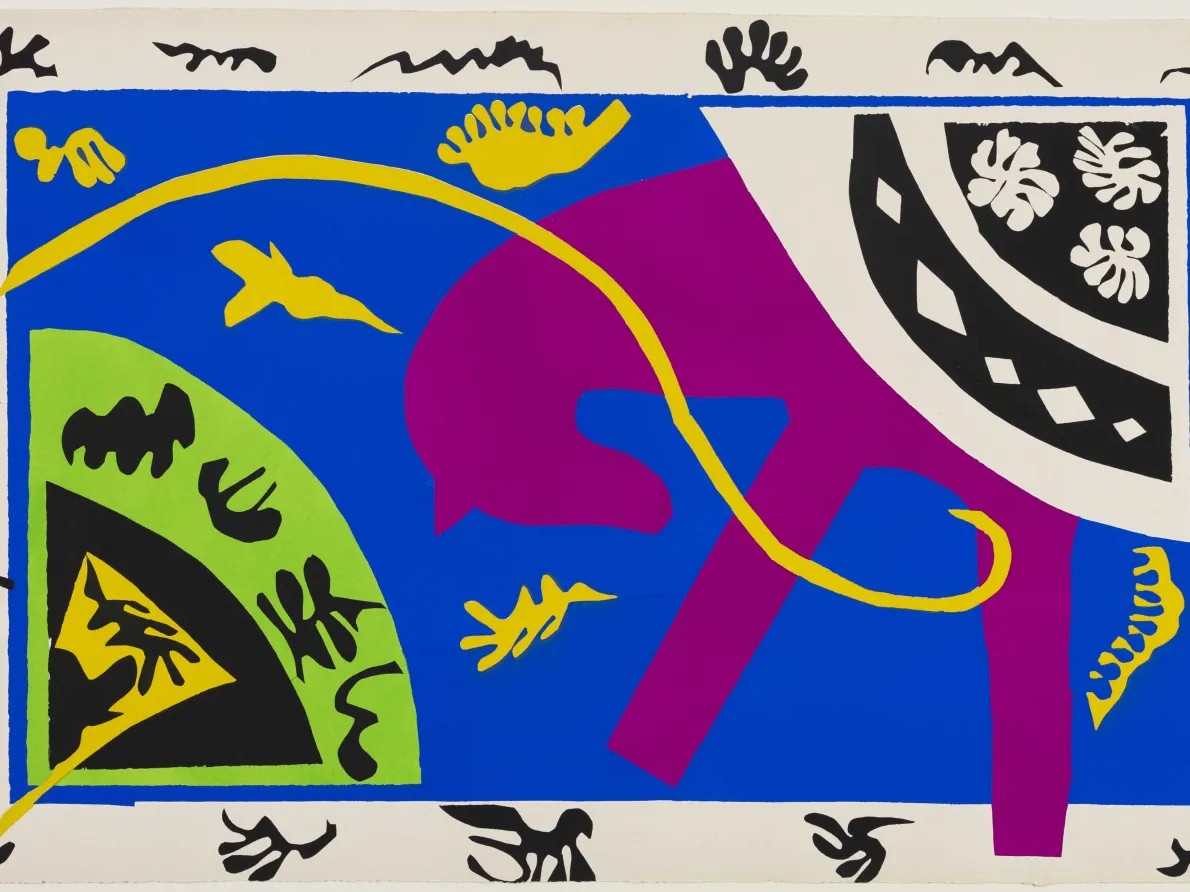
Henri Matisse (French, 1869-1954). Horse, Rider, and Clown (Le cheval, l'écuyère et le clown) from Jazz, 1947, pochoir printed in color ink on wove paper. Detroit Institute of Arts, Founders Society Purchase, New Endowment Fund, F78.3. © 2023 Succession H. Matisse / Artists Rights Society (ARS), New York.
